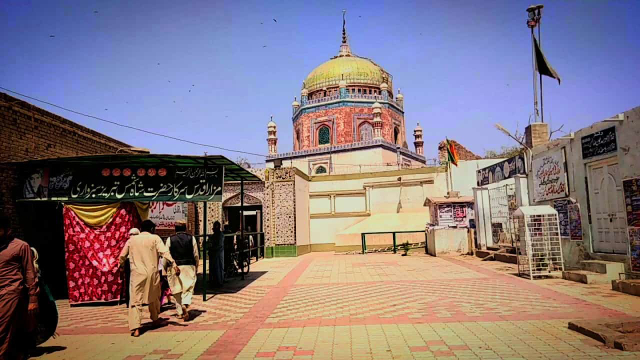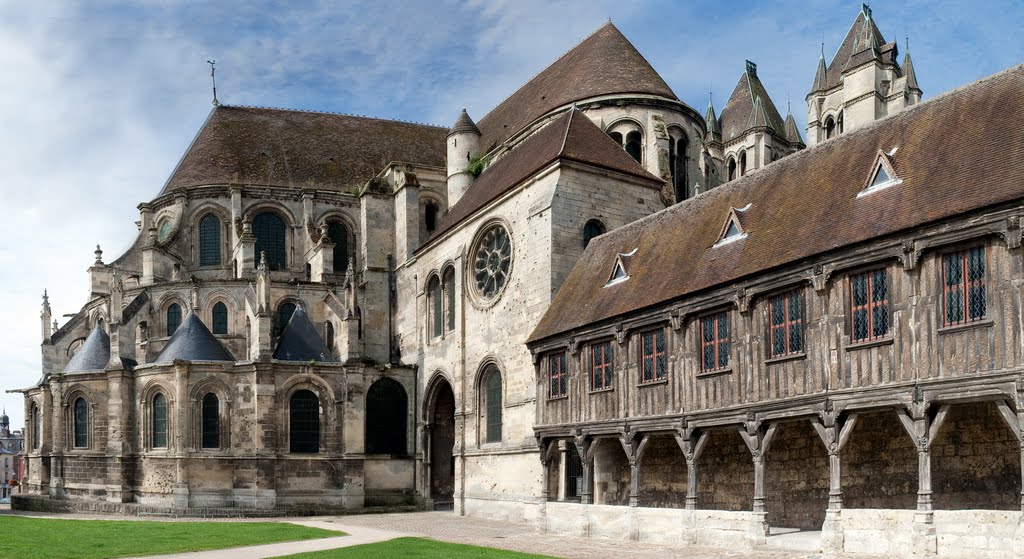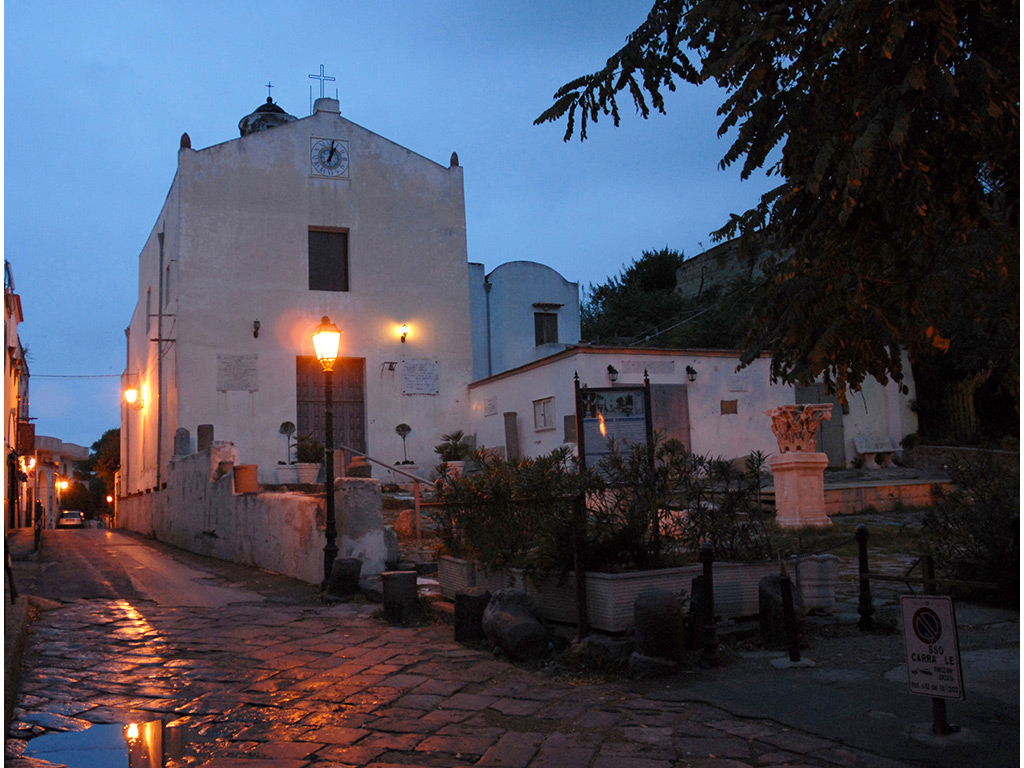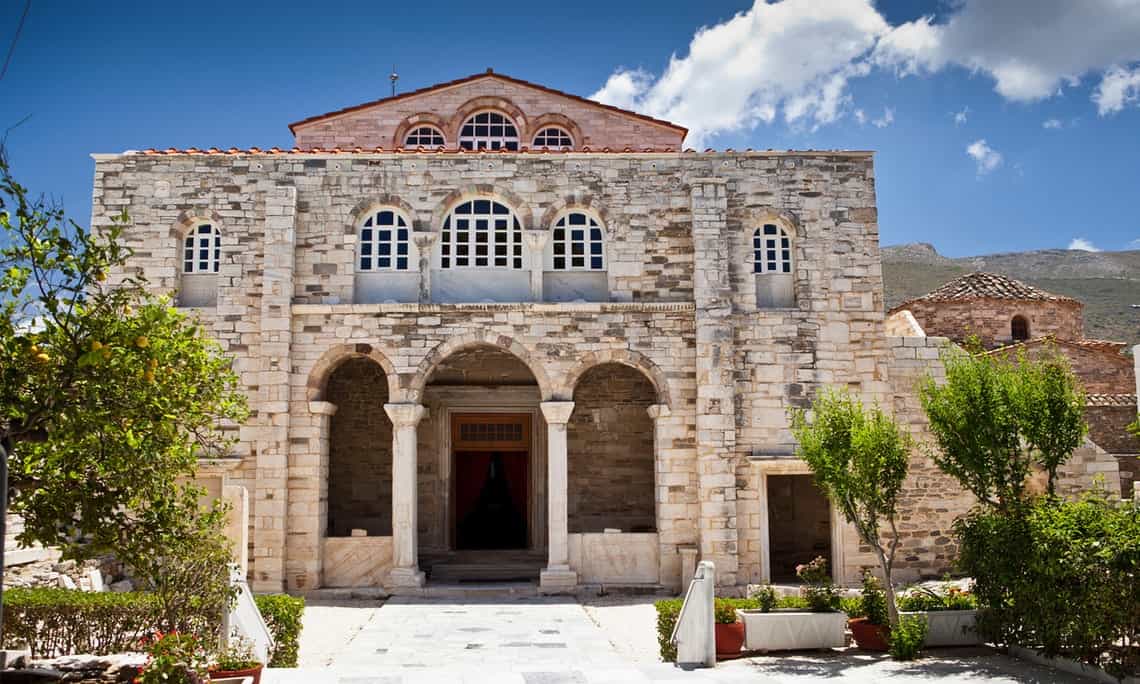Shamsuddin Sabzwari, a revered figure in the spiritual history of South Asia, arrived in Multan, now part of modern Pakistan, in the early 13th century around 1200 C.E. He is celebrated not only as a preacher of Islam but also as a poet who deeply influenced the local culture and religious life through his works and teachings. Upon his arrival, he established a dargah—a Sufi shrine built over the grave of a revered religious figure—which became a center for Islamic teaching and spirituality in the region.
Shamsuddin Sabzwari is venerated as a saint, a status he earned through his profound poetry and contributions to local traditions. His efforts in preaching Islam helped to cement his legacy in Multan, which was already emerging as a significant center for religious and cultural exchange. His death in 1276 left a lasting imprint on the city, marked by his mausoleum, which remains a site of pilgrimage and reverence.
The annual Urs of Shamsuddin Sabzwari, held every June, draws devotees and scholars from various parts of the world, celebrating his life and spiritual contributions. This event is a vibrant part of the cultural heritage of Multan, featuring religious ceremonies, poetry readings, and Sufi music, reflecting the enduring legacy of Sabzwari’s teachings and his impact on the spread of Islam in the region.
This period was significant in the broader context of Islamic history in South Asia, as it followed closely on the heels of the region’s initial exposure to Islam. Sindh, neighboring Multan, was among the first areas in South Asia to embrace Islam, largely due to the efforts of early missionaries and supporters of Prophet Muhammad’s family, particularly those aligned with Ali and his successive Imams. These preachers played a pivotal role in the spread of Islam through their dedicated outreach and the establishment of local religious institutions, mirroring the efforts of figures like Shamsuddin Sabzwari in Multan.













